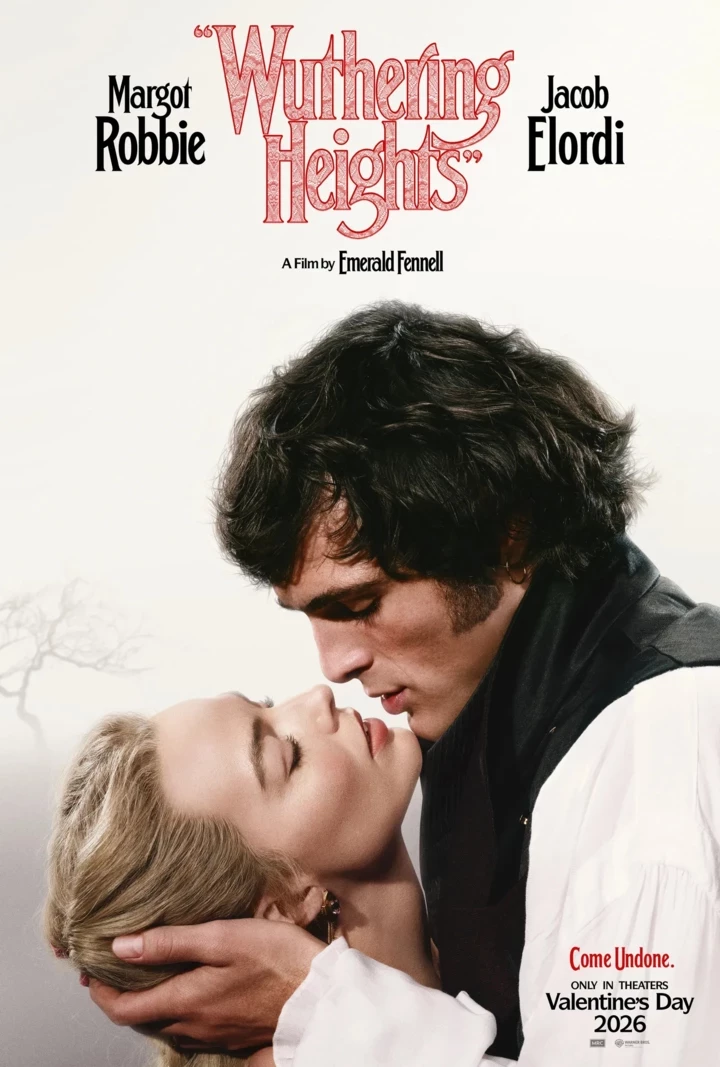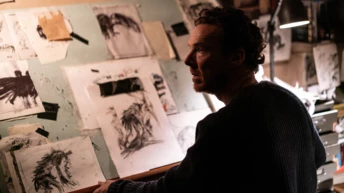
Save this storySave this storySave this storySave this storyYou’re reading the Goings On newsletter, a guide to what we’re watching, listening to, and doing this week. Sign up to receive it in your inbox.
When the political activist, comedian, and performance artist Morgan Bassichis premièred their exquisitely funny show “Can I Be Frank?” in New York last summer, they were already picturing a splendid return. Dragging a crummy prop staircase laboriously across the tiny club stage at La MaMa, Bassichis promised us that the show had grandeur in store. “Frank” ’s director, after all, was the deft Sam Pinkleton, who, at the time, was in the middle of steering Cole Escola’s “Oh, Mary!” to the upper echelons on Broadway. Bassichis assured us, gravely and hilariously, that when their show went to Broadway, too, the resulting budget would be startling. “We’ll fly this in,” I heard them murmur, gesturing at the stairs bumping along behind them.

Illustration by Harrison Freeman
Well, the production’s triumphant return is actually to the postage-stamp-size SoHo Playhouse (through Sept. 13), but Bassichis will surely wave such minutiae graciously aside. (Bassichis’s stage persona is simultaneously that of a diva in the grand style and an anxious, rod-and-felt Muppet.) The “Frank” of the title is the groundbreaking, if now little known, comic Frank Maya, who died young, in 1995, of complications from AIDS, after achieving stardom in both avant-garde spaces downtown and on Comedy Central. Bassichis inhabits Maya, re-creating—and constantly interrupting their own re-creation of—one of Maya’s manic “rants,” a standup aria about sex and death, a high-octane mode which dovetails beautifully with Bassichis’s own agitated, often romantic energies.
Improbably, the hitmaker Pinkleton is simultaneously directing another show by a lanky, dark-haired, chaotic comic only a few blocks away: “ta-da!,” by Josh Sharp, at the Greenwich House Theatre (through Aug. 23). Sharp, like Bassichis, oscillates between mayhem and deep feeling: he co-wrote and co-starred in the queer absurdist gay-twins-in-love film “Dicks: The Musical,” and, at Greenwich House, Sharp’s monologue embeds an attempt to memorize two thousand PowerPoint slides into his tale of coming out. Pinkleton came on board after seeing a version he called an “idiotic feat of theatrical wizardry”—at this point, I would see anything that catches Pinkleton’s eye; certainly there is no surer guarantee of silliness honed to a cutting edge.—Helen Shaw

About Town
Movies
Hard on the heels of the new “Superman” comes “The Fantastic Four: First Steps,” which shares its sentimental tone and surprisingly many of its themes, including a hostile populace, a gigantic menace, and the rescue of a baby. Here, the baby is that of Mister Fantastic (Pedro Pascal) and Invisible Woman (Vanessa Kirby), who join with their comrades, the Thing (Ebon Moss-Bachrach) and Human Torch (Joseph Quinn), to protect the infant from Silver Surfer (Julia Garner) and the colossal Galactus (Ralph Ineson). The action, set mostly in an early-sixties New York, involves faster-than-light travel, but there’s more energy in the eye-catching production design than in the drama. The director, Matt Shakman, evokes little struggle, terror, or wonder, and the fine cast delivers amiable and mild performances.—Richard Brody (In wide release.)
Dance
When journeying into the woods, it’s usually safest to be home before dark. But “The Woods,” an immersive concert conceived by the composer Ellis Ludwig-Leone, of the band San Fermin, and the choreographer Troy Schumacher, the artistic director of BalletCollective, extends into the night. The cavernous hall of Pioneer Works is overgrown with roots, branches, and platforms, courtesy of the designer Jason Ardizzone-West (who forested a Broadway stage for “Redwood”). Seventeen dancers and singers surround free-roaming audience members, drawing on songs by San Fermin to tell how confusion and loss can be eased by communal gathering and love.—Brian Seibert (Pioneer Works; July 31-Aug. 2.)
Art
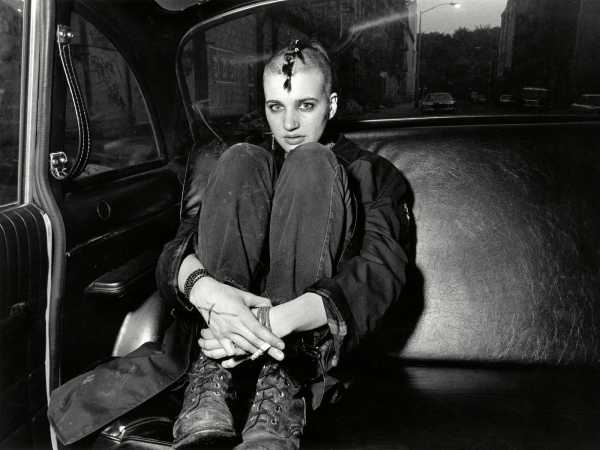
“Punk Donna in Boots and Backseat,” 1982.Photograph by Ryan Weideman / Courtesy Bruce Silverstein gallery
Since the Bruce Silverstein gallery moved to larger quarters in Chelsea earlier this year, it’s put on two excellent, unusually wide-ranging group shows. The current one, “In Sequence,” gathers work that counters the decisive moment with a series of moments, both charged and incidental. Four Man Ray filmstrips from 1928 establish an elegant cinematic model echoed here by Barbara Morgan, F. Holland Day, Francesca Woodman, and Aaron Siskind, all of whom shatter narrative into separate frames. Ryan Weideman’s black-and-white photos of the dramas, comedies, and spontaneous portrait sittings of passengers in the back seat of his taxi fill one wall: a night in the life of a New York cabbie unreeled in a series of moody noir stills with a cast of intriguing characters.—Vince Aletti (Through Aug. 29.)
Off Broadway
The 1988 movie “Heathers” came out when teens killing their classmates could still play as dark comedy, without darker echoes of reality. The current production of “Heathers: The Musical,” which premièred in 2013, offsets its disturbing subject with Crayola-bright costumes and performances to match, a fast-paced, funny score, and an even funnier book. At an archetypal American high school, the resourceful Veronica (Lorna Courtney) ingratiates herself with the popular girls—the Heathers—complicating her relationship with her unpopular best friend (an endearing Erin Morton) and with a Baudelaire-quoting bad boy (Casey Likes), who wants to uncomplicate things through murder. The first casualty is the Heather-in-chief (a majestically merciless McKenzie Kurtz); then, anything—or anyone—goes.—Dan Stahl (New World Stages; open run.)
Movies
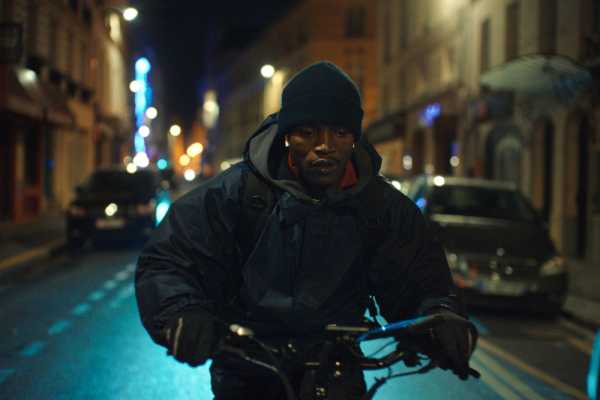
Abou Sangaré, in “Souleymane’s Story.”Photograph courtesy Kino Lorber
The title character of the French director Boris Lojkine’s drama “Souleymane’s Story” is a Guinean migrant in Paris (played by Abou Sangaré) who has applied for asylum, claiming political persecution at home. Souleymane works illegally, and at great risk, delivering food by bike while awaiting his hearing. Lojkine (who wrote the script with Delphine Agut) pays meticulous attention to Souleymane’s relentless daily struggles—his inescapable dealings with predatory middlemen, his efforts to send money home to his family and to sustain a relationship with his girlfriend there, and his labors to avoid the police. The drama is short on Souleymane’s inner life but filled with startling details: even France’s humanitarian infrastructure poses practical menaces, and the government’s bureaucratic hurdles loom like soul-crushing nightmares.—R.B. (Film at Lincoln Center and IFC Center.)
Folk Rock
Since the twenty-tens, the L.A. folk-rock band Lord Huron has offered a captivating take on Americana, filled with vagabonds and pariahs hoping to avoid haunted afterlives. The front man Ben Schneider has followed meticulous world-building impulses, drawing more listeners with each album by nurturing an absorbing, cinematic sound. With “Vide Noir,” from 2018, Lord Huron’s music grew more nocturnal and cosmic, fleshing out its own arcane mythology. The band’s new album, “The Cosmic Selector Vol. 1,” continues this tradition as a lonely, regretful transient finds himself in “one alien world after another”—ghost towns, painted deserts, neon temples—its sense of the uncanny bordering on science fiction.—Sheldon Pearce (Madison Square Garden; July 30.)
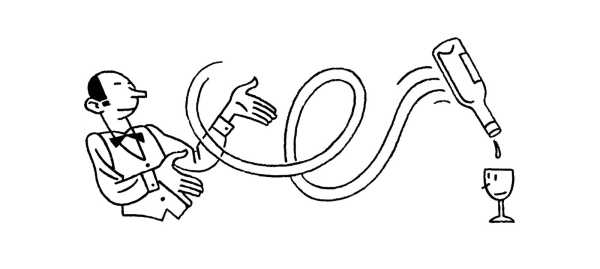
Bar Tab
Dan Stahl checks out a drag show at a queer hangout in Park Slope.
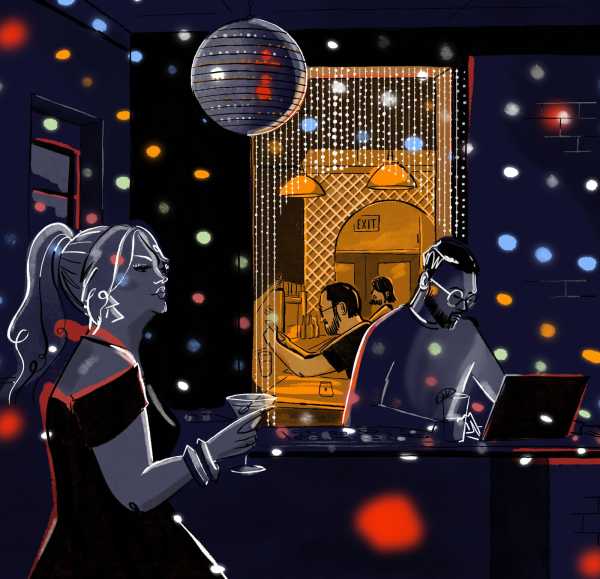
Illustration by Patricia Bolaños
A sticker on a hand dryer in one of the gender-neutral bathrooms at Park Slope’s Good Judy reads “GIRLS GAYS THEYS.” It’s a fair description of the queer bar’s demographic. On a recent Friday night, the crowd included a young man in a cropped polo shirt and two drag queens, one trans and one cis female. At the bar counter, people practiced the arcane art of saying hi to strangers IRL, and a bartender greeted patrons as “hon” or “babe” before slinging, say, a Don’t Stop Now, a fizzy strawberry-peach cocktail—one of several appropriately fruity drinks. The friendliness was also apropos: a “good Judy” is gay slang for a close friend, in etymological homage to the vaunted Judy Garland. An underpopulated dance floor opened onto a cozy patio, where leafy trees were visible through exposed rafters. Into this oasis burst the two drag queens to announce their show, “Bad Judys.” It would start upstairs in ten minutes; your presence was kindly expected. “I didn’t wear all these clothes for nothing,” one of them said. (It was hard to tell whether she was joking: her outfit largely consisted of fish-nets cinched with pleather belts.) Upstairs, the queens lip-synched their hearts out to ABBA and SZA; when they twirled into the audience to collect tips, at least one patron was swished in the face with wig hair. They concluded their set with a game of “drag roulette,” in which spectators requested songs for a mix that the queens then performed. To the pair’s delight, a slight white man with a mustache wanted “Yo Quiero Bailar.” The performers were New Yorkers with Latin roots, they explained: one was from the South Bronx; the other was of Ecuadorian descent, by way of Queens. Where was the gentleman from? “Chattanooga.”
A New Yorker Quiz
Test your knowledge of these New Yorker reads turned watches.
- Which fiction piece, about a man who decides to pool-hop his way home from a friend’s house, was made into a movie from 1968? Hint: The adaptation stars Burt Lancaster.
- Which story, about a rare-bloom orchid hunter and his battle with the state of Florida and its Seminole tribe, became a film in 2002? Hint: The adaptation stars Meryl Streep.
- Which story, about a brilliant bank robber and prison-escape artist whose career spanned six decades, was brought to the silver screen in 2018? Hint: The adaptation stars Robert Redford.
P.S. Good stuff on the internet:
- The defining person type of 2025
- A big-book book club
Sourse: newyorker.com



